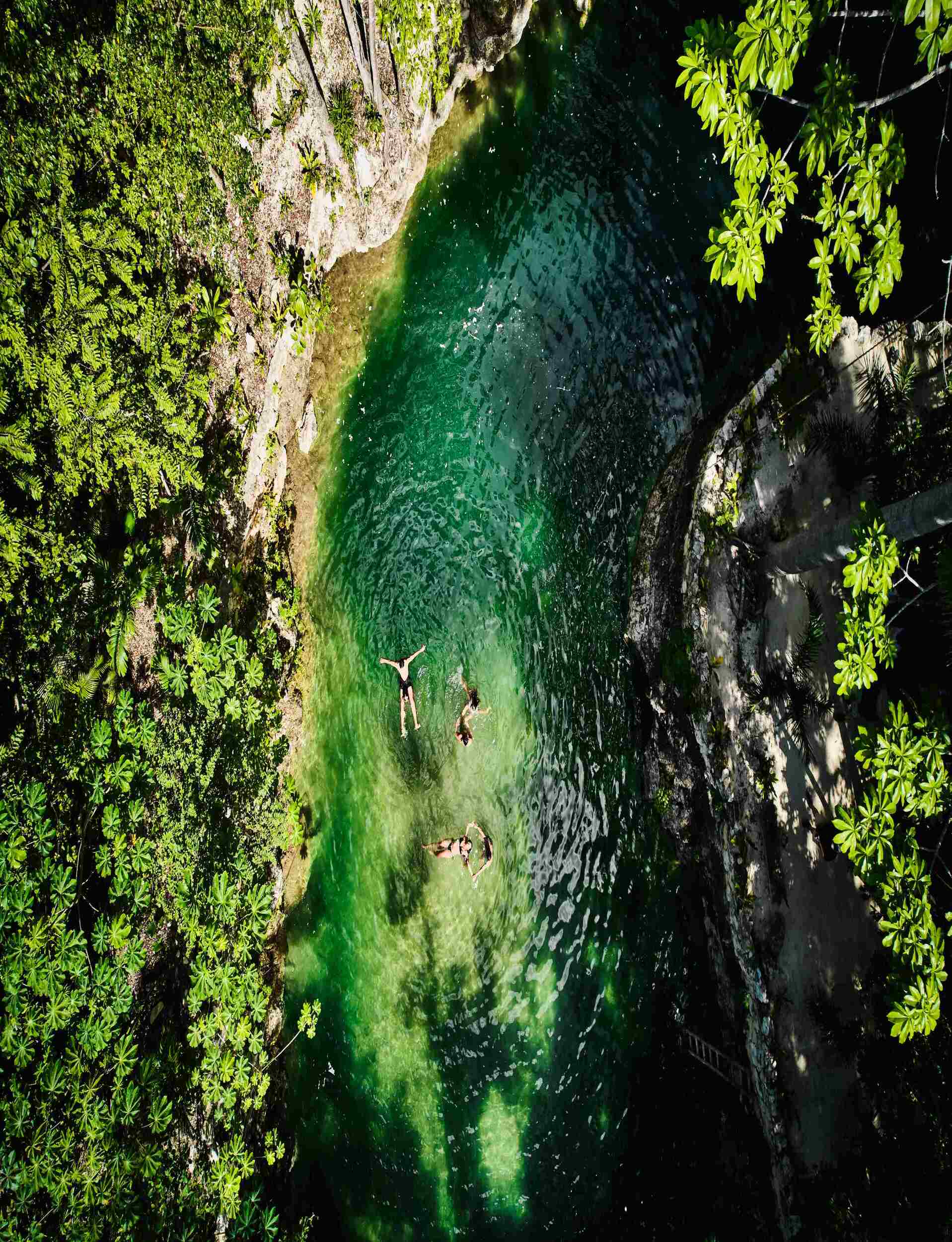
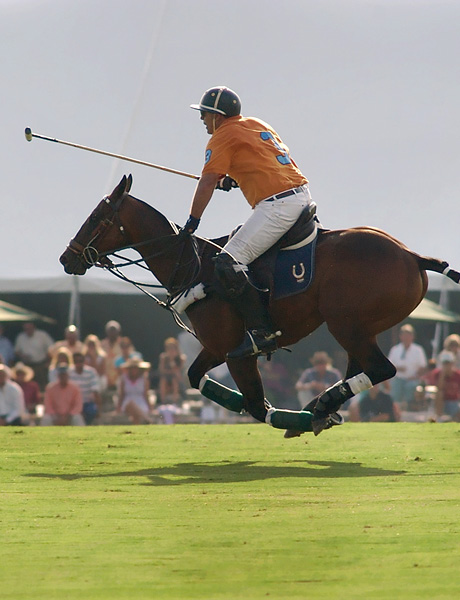

As the cream of UK polo prepares to contest the prestigious County Cup – sponsored this year by Glion – we visit its home, Cirencester Park. There we discovered more about this fascinating sport, while getting to know the UK’s oldest polo venue, which enjoys international renown and hosts many important polo tournaments…
As sporting trophies go, the County Cup is a thing of beauty. Standing almost 4ft (1.2 meters) tall and inscribed with many famous names from the world of polo, the cup, which is contested each year at Cirencester Park Polo Club, dates back to the 19th century when the sport was in its infancy.

This year, the County Cup tournament has a new sponsor, Glion. To celebrate our partnership with Cirencester Park Polo Club, we decided to take a closer look at the sport of polo and discover what makes it uniquely appealing to both players and spectators.
And who better to give us an introduction to the sport than the man whose team, Noon Giraffes*, have won the County Cup for the past two years: entrepreneur and polo patron, Chris Fagan.
First things first, we describe Chris as a ‘patron’, and this brings up one of the more fascinating elements of polo.
“Patron comes from the concept of ‘patronage’. Polo is an expensive sport because of the number of horses (or polo ponies) needed to play and all of the associated cost of breeding or buying them, looking after them, training them and keeping them fit. Patrons are amateur players who support the sport financially and pay the professionals to play. In return, as patrons we play some of the best polo in the world, with the best players.”
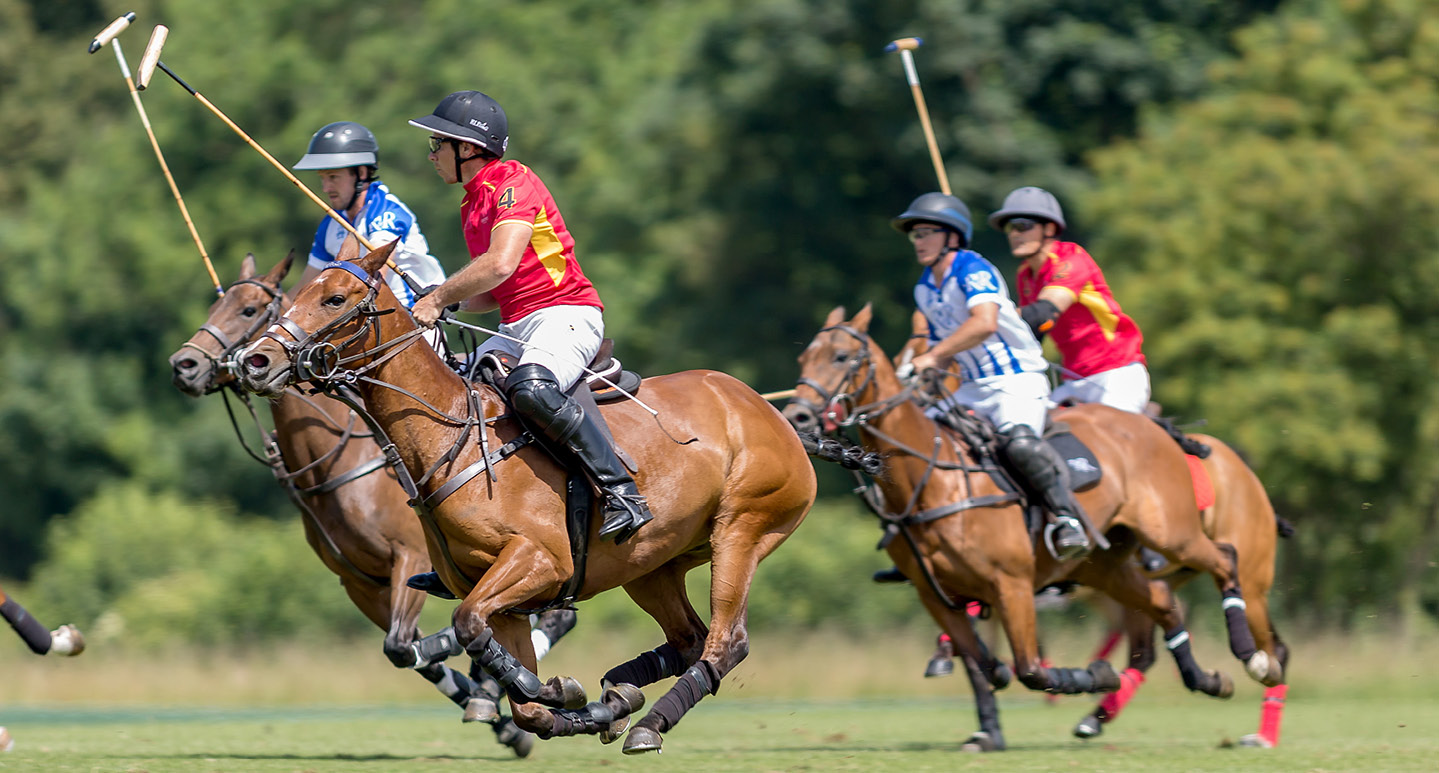
Hooked on polo
Chris was brought up in South America and although he has ridden horses since childhood, he only started to play polo in his mid-30s, after his wife suggested they try a taster event.
“That was in summer in the UK, and in December which followed I was in Argentina playing and buying ponies to bring back to the UK to play the following summer,” he says.
“Once I had bought my first polo ponies, I was quickly hooked and began a continuous cycle of trying to improve as a player, then buying better ponies, then improving some more, and so on. Polo is a compelling sport that absorbs a lot of time, effort and money but as drugs go, it’s a good one!”
Today, while still an amateur player, Chris nonetheless owns a string of top quality polo ponies and can field Noon Giraffes teams at all levels up to the ‘18 goal’ standard.
The Glion County Cup is a ‘15 goal’ event, and to explain these numbers is an opportunity to highlight an essential element of polo: the handicap system. As with the other rules of the sport, this is overseen by The Hurlingham Polo Association (HPA), which was founded in 1875 and is the governing body for the UK, Ireland and other member countries worldwide.
“It works a little like a golf handicap,” explains Chris. “The better you are as a player, the more ‘goals’ you have to your name. For example, a beginner will have a negative handicap starting at -2; as an amateur I am a zero goal handicap, whereas the very best players in the world are rated 10 goals.
“If you look at a polo fixtures list, you will see a handicap column beside every tournament. This tells you the level the teams are expected to play at: the higher the number of goals, the higher quality the tournament.”
With four players to a polo team, patrons like Chris will play with three professional team mates in the higher handicap tournaments. So, for the 15 goal County Cup last year he was joined by two stars of the game, John Paul Clarkin and Marcos Araya (both 6 goal players), alongside the up-and-coming Tommy Severn (3 goals last year and 4 goals this year).
Don’t let these names fool you into thinking polo is a purely male preserve. It is a game played at a high level by both men and women, often in mixed form (Chris plays alongside his wife in a successful 6 goal team), and the Ladies’ game with all-female teams is becoming increasingly popular.

“Look at any experienced players and you will find bruised and broken bodies. But what separates the great from the good players is their consistent ability to hit a bouncing ball through the goal at high speed even while they are being run down or having their stick hooked at by an opponent.”
Chris Fagan
How polo works
If that explains how teams get put together, what actually happens on the field of play? As mentioned, there are four players to a side – one acts in a defensive capacity, one sits in the middle of the field dictating play, while the remaining two players are the attackers.
The objective is to score a goal by hitting the ball (which is roughly the size of a cricket ball and made of high impact plastic) through goal posts which are 7.3 meters apart.
Sounds simple? Well, consider the added complication that you are on horseback, controlling your animal with one hand while using only your right hand to swing a thin, 53 inch (135cm) bamboo stick with not much more than a cigar’s width of wood at the end, aiming at a ball that could be bouncing waywardly across grass cut up by rampaging hooves… oh, and at the same time an opponent is trying to ram you out of the way by charging at you shoulder to shoulder.
“Polo is very much a contact sport!” Chris says, with all the emphasis of a man who knows what it feels like to be on the receiving end of rough treatment. “Look at any experienced players and you will find bruised and broken bodies. But what separates the great from the good players is their consistent ability to hit a bouncing ball through the goal at high speed even while they are being run down or having their stick hooked at by an opponent.”
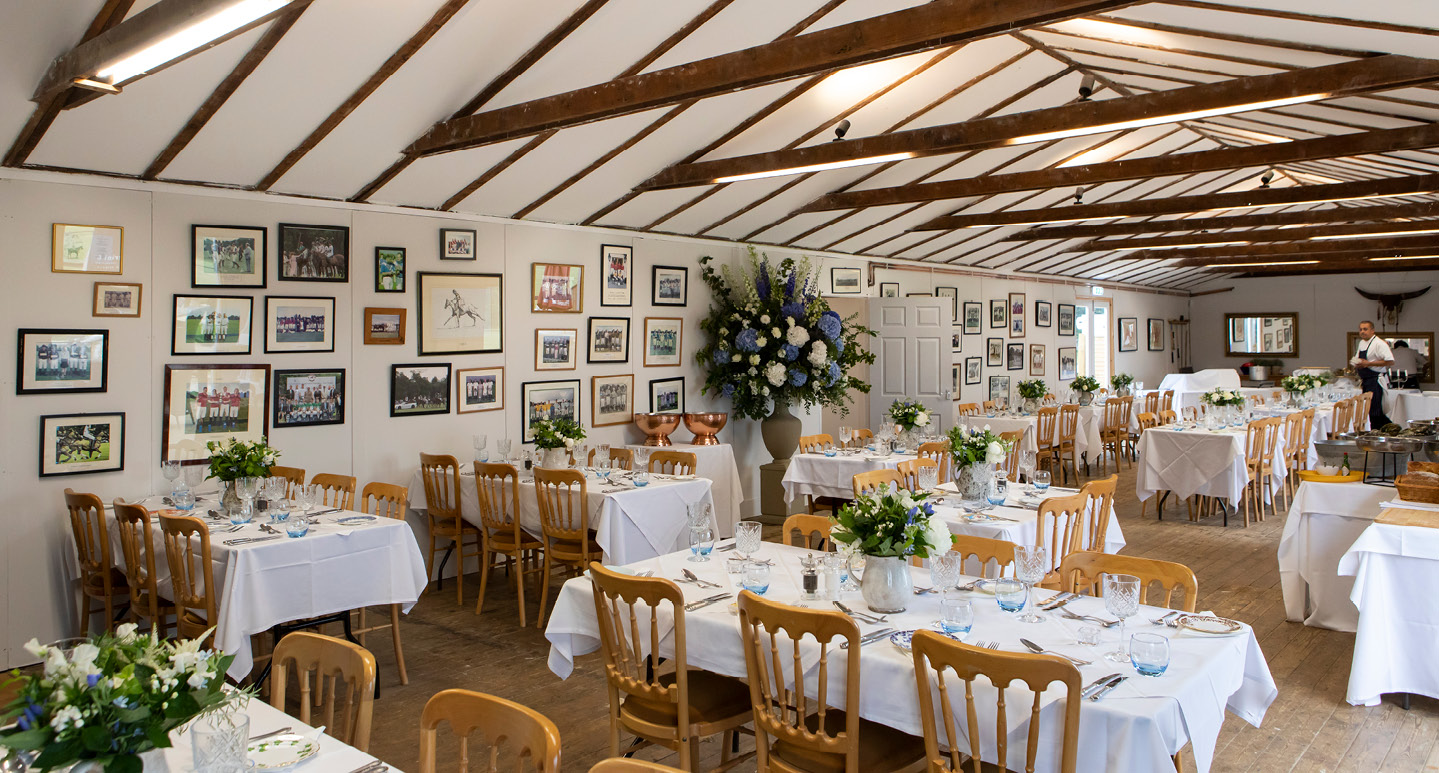
A new broom at Cirencester Park
Alongside his role as a polo player and patron, at the beginning of this year Chris took over as Chairman of Cirencester Park Polo Club. Since then he has overseen a major investment in bringing the facilities up to modern standards – both on and off the field.
“We spent a considerable sum on improving our irrigation systems, as well as buying more sand to put down. Both these things have massively improved the playing surface, and we’re already seeing the payback for this in increased entries for our tournaments, as more teams come to visit, as well as an uptick in membership.”
Hospitality is also playing its part in reviving the club’s fortunes. The clubhouse (see image above) has been reinvented as a place to enjoy fine dining on playing days, thanks to the installation of a fully-equipped professional kitchen. Now members and visitors can enjoy a first-class lunch on a new terrace that has uninterrupted views of the main playing field, Ivy Lodge.
“Cirencester Park is one of five leading polo clubs in the country, as well as being one of the most magical of sporting settings, so it was important for us to make these investments to improve the club and provide the very best facilities for our members,” says Chris.
Bigger and better may also be the future for the game itself. Chris has high hopes that a recently-launched online TV channel, Pololine TV, will help to bring new audiences, and sponsors, into the sport.
And what if this article inspires you to want to give polo a try? If you are based in the UK, a good place to start is The Cotswold Polo Academy at Cirencester Park.
“We offer Experience Days where you can get an understanding of the rules, then sit on a well-behaved pony and try your hand at using the stick,” says Chris. “You can even start on a static wooden ‘pony’ to begin with.
“If you’re like me you’ll be quickly hooked and then, once you are a bit more confident you can join one of our practice instructional chukkas, which are played at a slow canter so everyone has an opportunity to learn the game, see the ball and hit it properly.”
From there, who knows? Maybe one day you’ll have your own string of ponies and will be pitting your skills against the Noon Giraffes in pursuit of the magnificent County Cup…
- The Glion County Cup finals take place this year on Saturday 14 August. Click here for more information and to buy tickets
*The name comes from the team’s preferred playing time, midday, which still leaves the opportunity for a good lunch afterwards; together with the height of several players, including the 6’6” (2 meters) tall Chris.
The Insider’s Polo primer
Here’s our at-a-glance guide to polo terminology and basic rules:
Pony – not a pony in the biological sense (i.e. below 14.2 hands height), all horses ridden for polo are called ponies. In the UK, it is common for thoroughbred racehorses which haven’t quite made the grade to be retrained as polo ponies. In Argentina, the Criollo are pure-bred polo ponies, which are among the most expensive in the world.
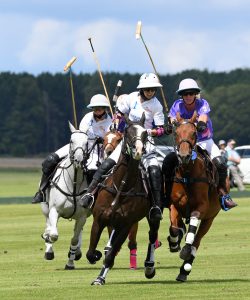
Mallet – another name for the stick used to hit the ball. Traditionally made from bamboo, so it can bend when swung, today you can also find mallets made of graphite or fiberglass.
Line of the ball – this is one of the sport’s key safety features. Players must only approach the rolling ball in line with its direction of travel (i.e. either directly from behind or in front), and must not come at it from an angle. The rule is designed to minimize the risk of dangerous collisions on the field.
Ride off – when players make contact and push each other off the line of the ball. It’s primarily for the ponies to push; however players are allowed to use their bodies (but not elbows). The angle of contact must be no more than 45 degrees. The faster the pony travels, the smaller the angle must be.
Bump – when a player rides off another (see above) in order to spoil a shot or take the player out of the game.
Knock-in – the equivalent to a goal kick in football.
Penalty – this is a free hit towards goal, which is awarded when a foul is committed. The hit is taken from a set distance, depending on the severity of the offence. These distances are:
Penalty 1: Automatic goal
Penalty 2: 30 yards to an open goal
Penalty 3: 40 yards to an open goal
Penalty 4: 60 yards to a defended goal
Penalty 5: from anywhere on the ground
Penalty 5B: from the center of the ground
Photo credit:
Main image – rcyoung/Getty
All other images courtesy Cirencester Park Polo Club
Unleash your sporting self
We can’t promise polo, but sports and pastimes are an integral part of life at a Glion campus. To find out more, click on the link below.















